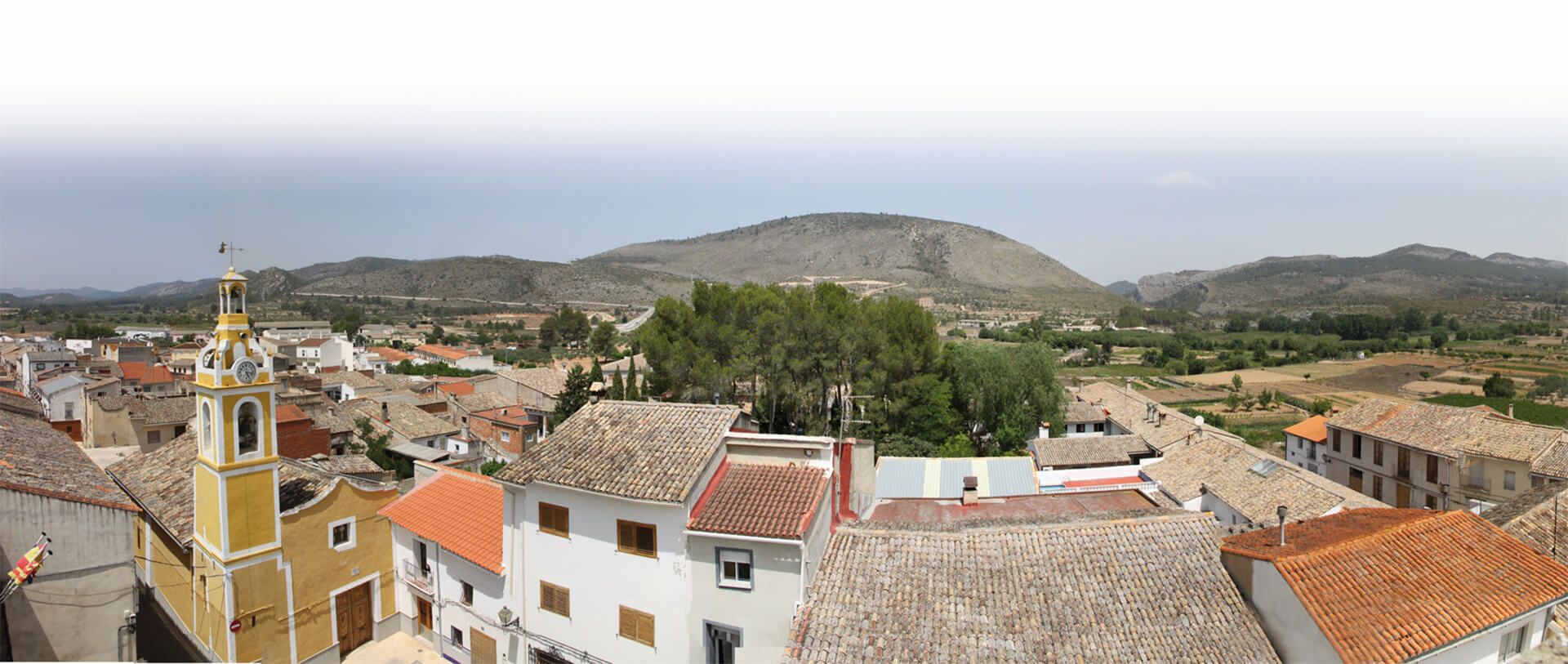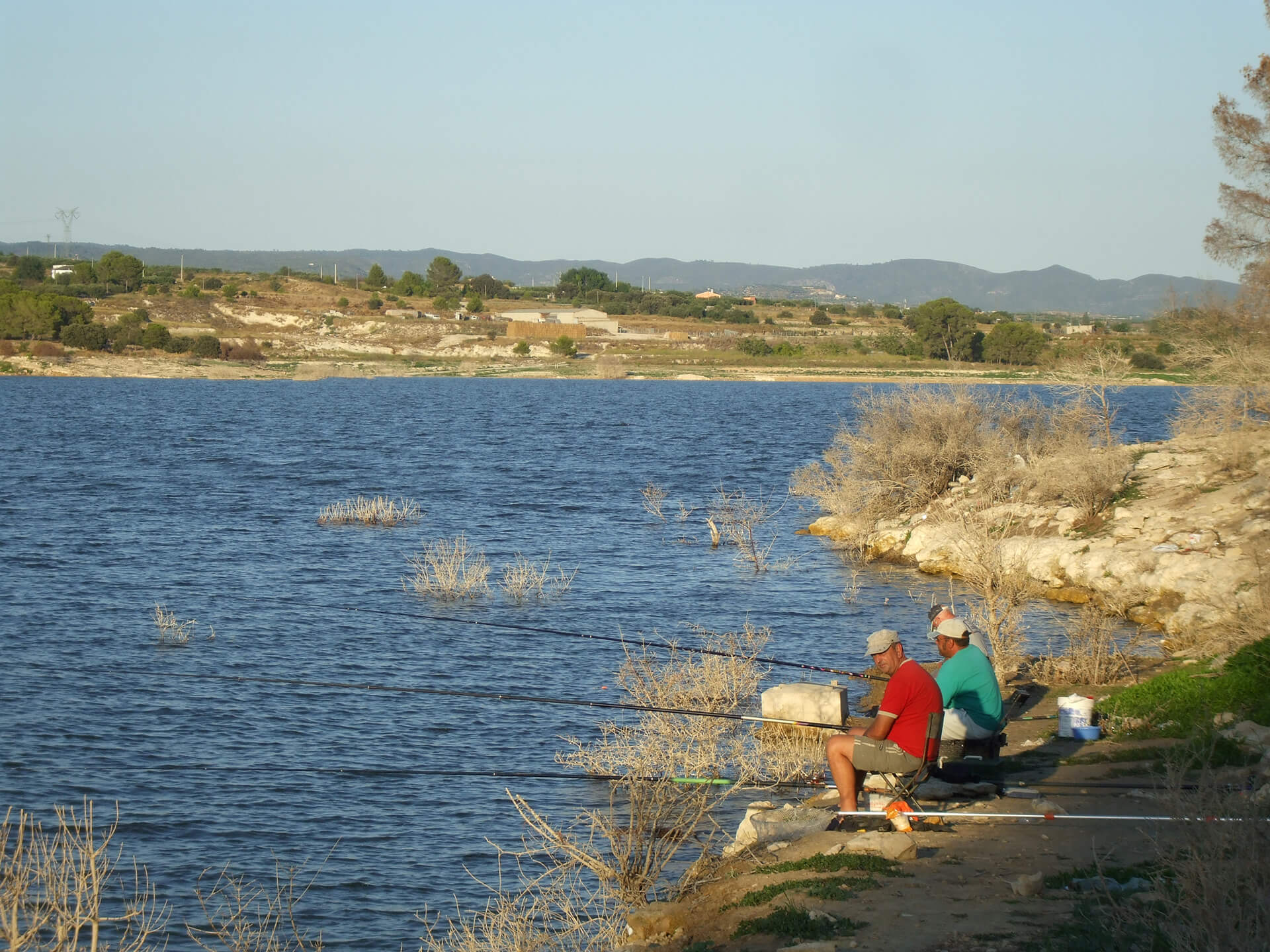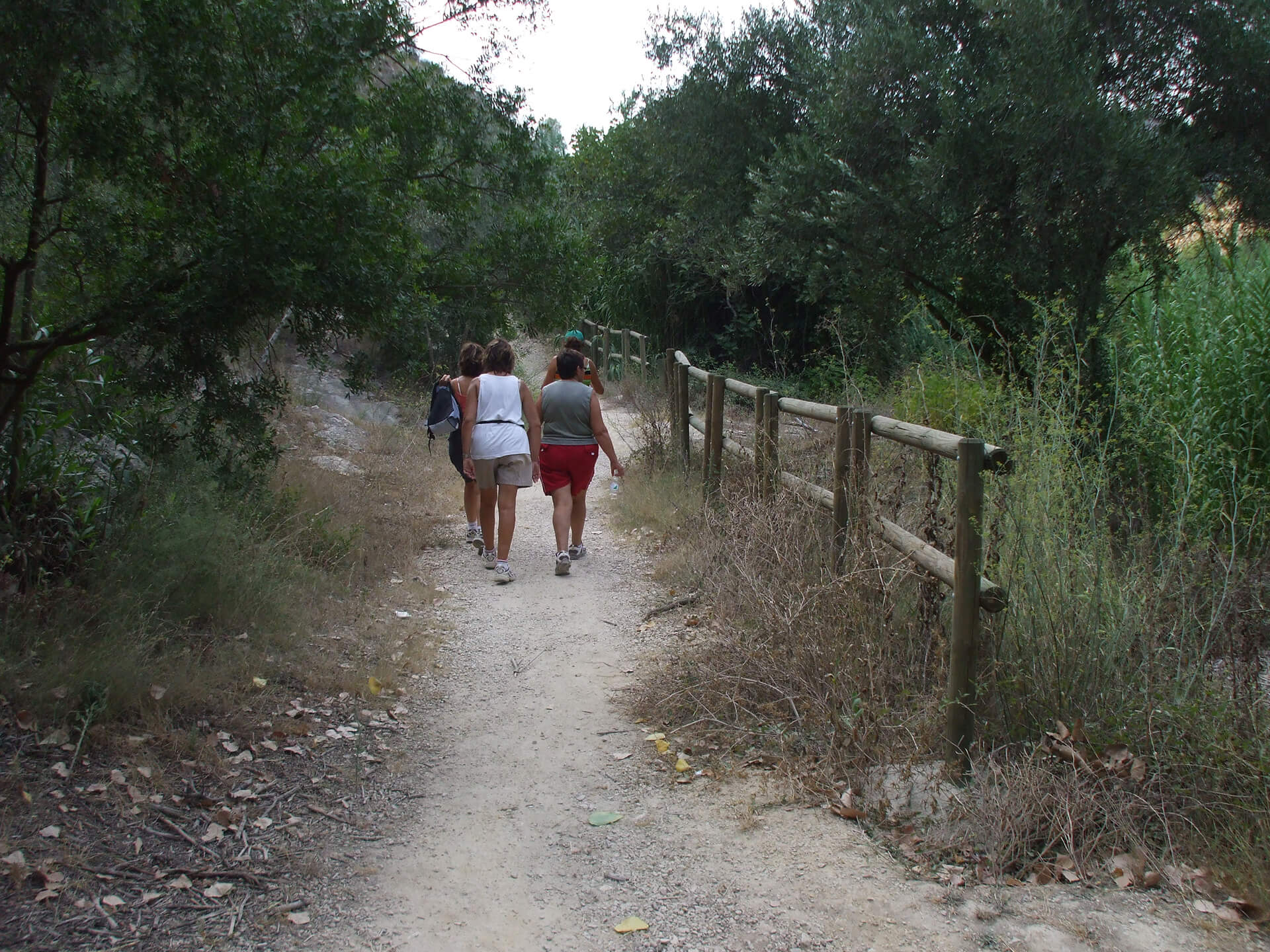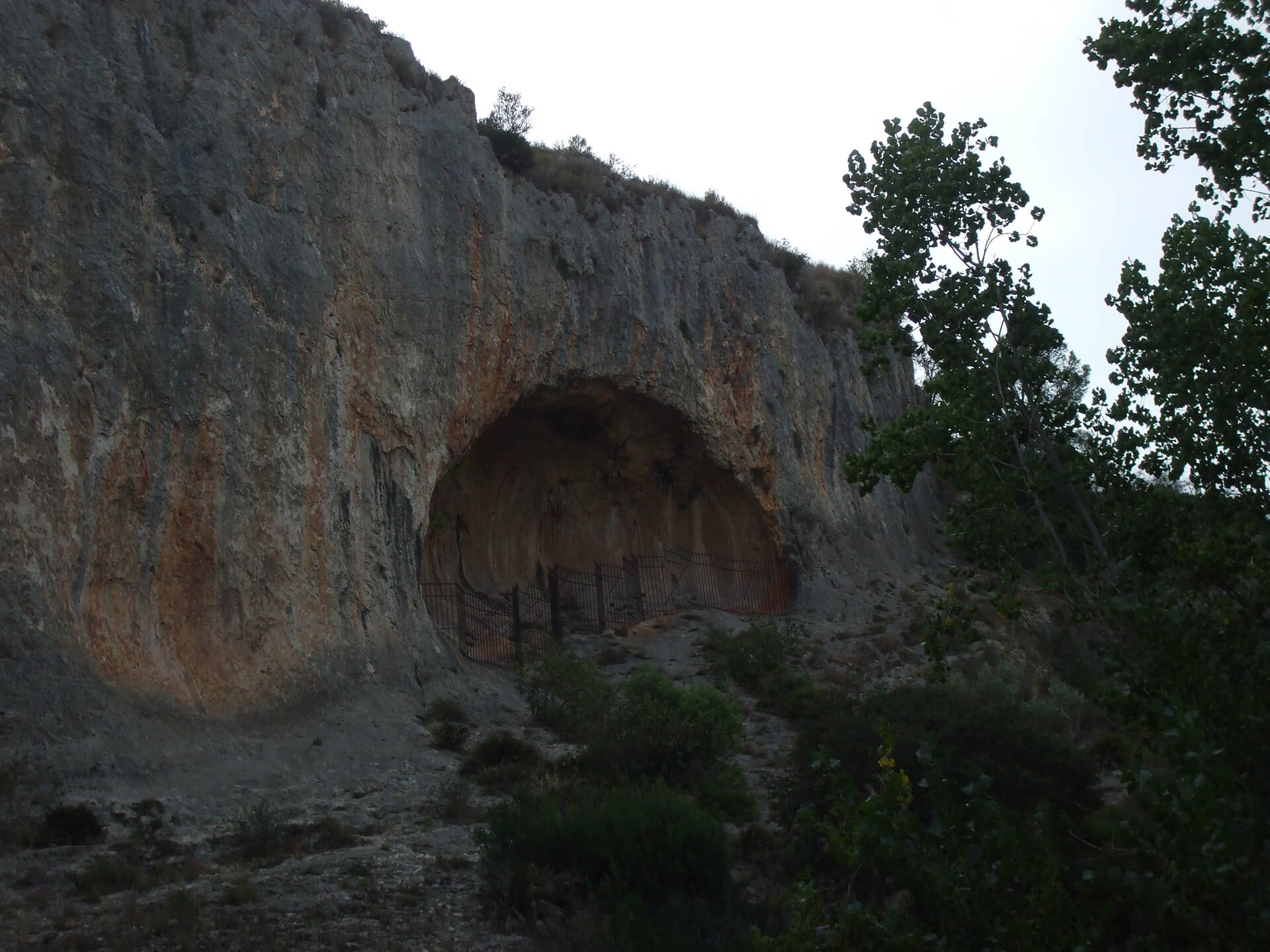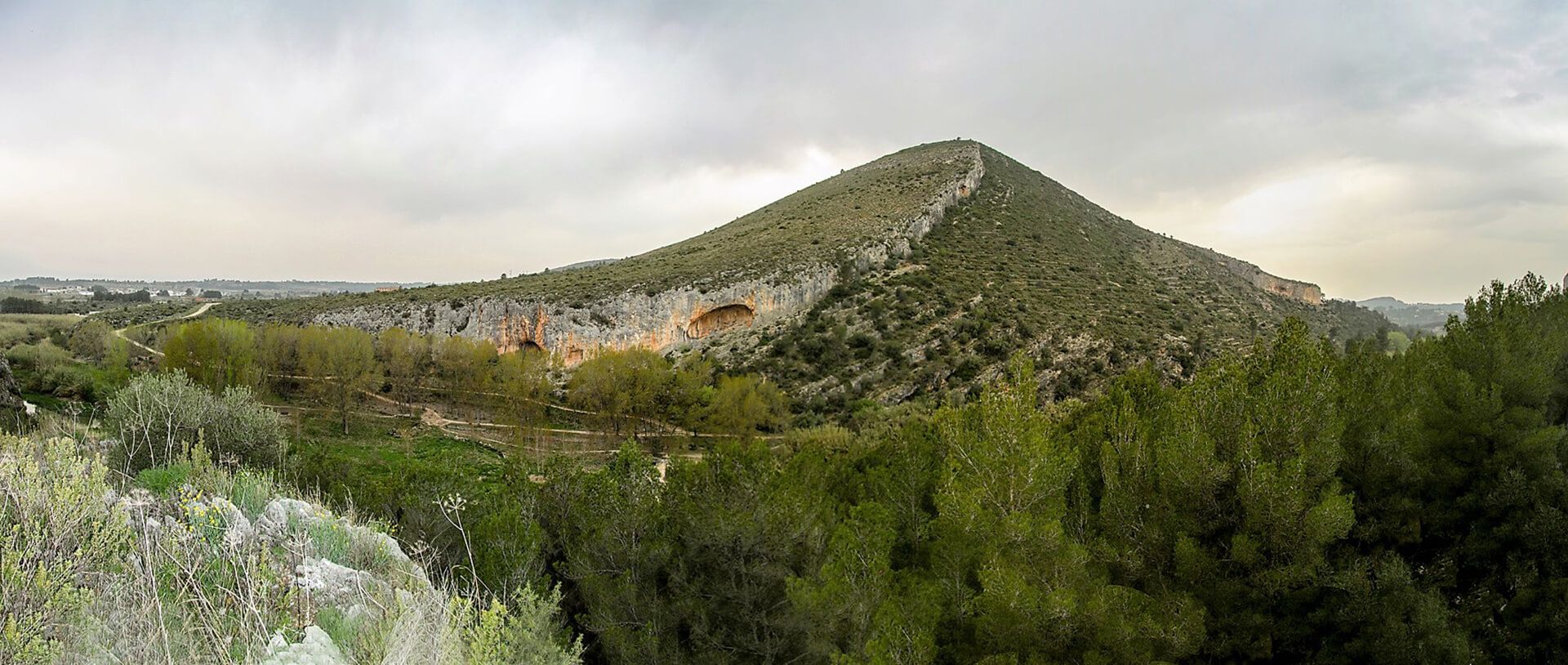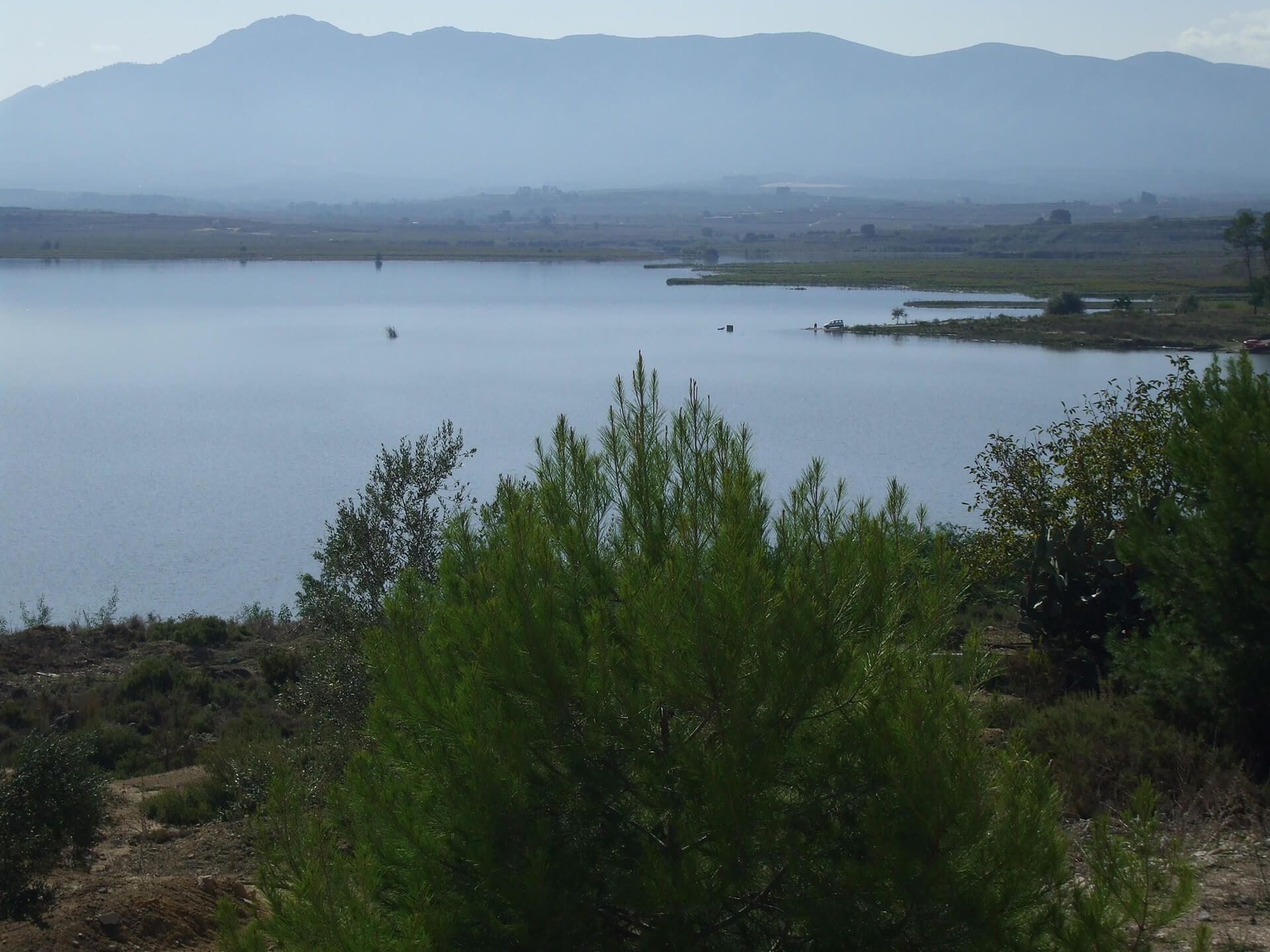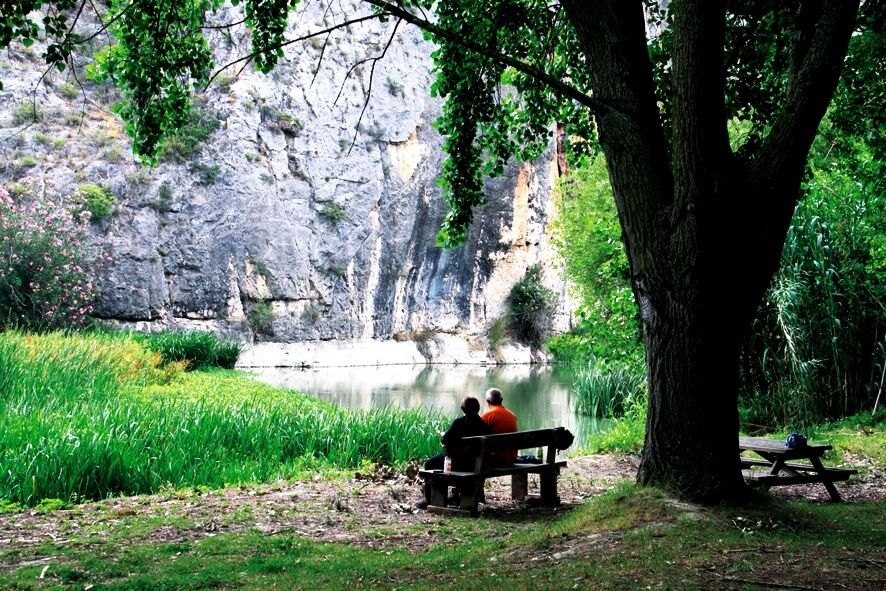Bellús
The municipality of Bellus is located in the southeastern foothills of the “Serra Grossa” range, in the north of the “Vall d’Albaida” administrative region. It borders with the municipalities of Benigánim, Guadasséquies, Xativa, l’Olleria and Sempere. The local terrain is slightly undulating, except for its northern part, where it reaches an altitude of about 400 m. above sea level. The most significant local peaks are “Tossal del Caldero” (298 m.) and “Paller” (392 m.). Bellus has a population of around 373 inhabitants. Its economy is based on traditional agriculture. Almond trees, vines and olive trees are grown in the dryland areas. Vegetables are grown on the irrigated land.
Gastronomy:
Bellus’s most traditional dish is the succulent “arròs fesols i amb naps” (rice with broth, beans and turnips). The local sausages are highly appreciated.
Places of interest:
Palau de BELLVIS
Considered of regional interest, it is included in the Ministry of Culture’s Inventory of Historical-Artistic Architectural Heritage. The complex, composed of a tower and an adjacent house-palace, is of feudal origin. The tower dates from the 14th century, the palace from a later period. The slender tower was originally a defensive element. It has a rectangular layout and four floors, the last of which would have been crenulated. The palatial house has been greatly modified and reformed over the centuries. Mention may be made of its main entrance, composed of a semicircular arch with elegant keystones.
Parish Church of Saint Anne
The church was built in the 18th century, although it was heavily restored in 1940. Its bell tower, square and of great simplicity, has three sections and a capstone. The bell tower is embedded at the foot of the nave, with three sections and a pediment.
Hermitage of the Holy Christ of the Good Death
The hermitage is located on the outskirts of the village, to the east, in an area known as ‘El Calvario’. It is surrounded by a recreation area with trees, stone benches, playground, etc. The hermitage was built in 1935, being severely damaged shortly afterwards during the Spanish Civil War. It was subsequently restored.
“La Petxina” Cave
It is a hemispherical cave, forming a large shallow opening and measuring about 20 metres wide. It was inhabited in the Middle Paleolithic, with abundant traces of Mousterian culture having been found, similar to those found at certain levels in “La Cova Negra” in Xàtiva (about 2 km. distant). They are some of the oldest remains (40,000 years) to have been found in the administrative region.
Estret de les aigües
Located in the northeast of the municipality of Bellus, bordering Benigànim and Xàtiva. It consists of the riparian area of the entire left bank of the River Albaida as its passes through the ravines that have formed in the Serra Grossa range. It is accessed via the N-340 road, at approximately kilometre 172.5. Here, we find a trail that leads to the River Albaida and ends in a clearing, from where a path runs parallel to the river in the direction of Xàtiva.
This is a natural area of great scenic, geomorphological and ecological value, with abundant riparian vegetation, scrubland and limestone crags. This is the natural drainage area for the waters of Vall d’Albaida in the direction of Xàtiva. It is an open cut in the Serra Grossa range, through which the waters of the Rivers Misena, Albaida and Clariano flow.
It is historically important as a natural passage, and is currently traversed by the Xàtiva-Alcoi railway on the right side of the river, within the municipality of Benigànim. Its waters have led to human settlements since prehistoric times, such as those of “La Cova de la Petxina” and “La Cova Negra” (Xativa). They were even used to produce electricity by means of a power plant that operated until the 1950s (located at the municipality of Xàtiva, near the border with Bellus).
Festivities:
The main festivities are held on the last Saturday and Sunday of September (around 26th and 27th), in honour of Saint Anne and Christ of the Good Death. The celebrations include parades of Moors and Christians.
